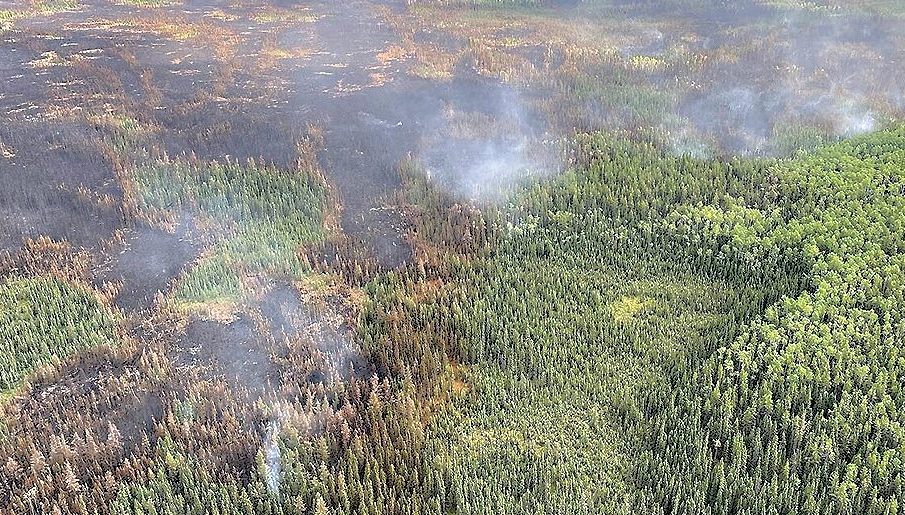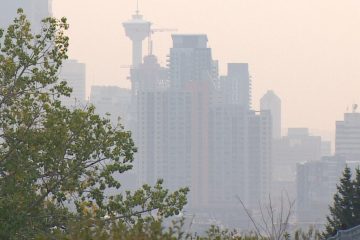Understanding Wildfires: A Growing Threat in Canada

The Growing Concern of Wildfires
Wildfires have become an increasingly critical issue in Canada, with the frequency and intensity of these natural disasters rising significantly in recent years. With climate change contributing to drier conditions and extended heatwaves, the potential for wildfires has reached alarming levels, impacting not just ecosystems but also communities and air quality across the nation.
Current Situation
As of October 2023, Canada is experiencing one of its most active wildfire seasons on record. According to the Canadian Interagency Forest Fire Centre (CIFFC), over 7.5 million acres of land have already been scorched this year, leading to severe air quality alerts in many provinces, particularly in British Columbia and Alberta. The smoke from these wildfires has affected large urban areas, reducing visibility and posing health risks to vulnerable populations.
Causes and Contributing Factors
The primary contributors to the rising incidence of wildfires include climate change, human activity, and natural elements. As global temperatures continue to climb, the chances of wildfires ignite from natural causes, such as lightning strikes, have increased. Furthermore, anthropogenic factors, including land use changes, agricultural practices, and negligence, play significant roles in starting human-caused fires. The current season has also seen a notable rise in arson-related incidences which complicate firefighting efforts.
Impact on Communities and Wildlife
The consequences of wildfires extend beyond immediate fire damage. Communities are facing evacuation orders, economic strain, and loss of property. In addition, wildlife habitats are also severely affected, disrupting ecosystems and endangering various species. The aftermath of wildfires can take years, if not decades, for ecosystems to recover fully.
Looking Ahead: Prevention and Preparedness
As Canada heads into the winter months, officials are emphasizing the importance of prevention and preparedness. Enhanced forest management practices, public awareness campaigns, and investment in firefighting resources are crucial steps in mitigating the risks posed by wildfires. Additionally, experts advocate for integrating climate adaptation strategies into local planning frameworks to better prepare communities for future wildfire seasons.
Conclusion
The frequency and intensity of wildfires in Canada reflect a significant environmental crisis that requires immediate attention and action. Understanding the causes and implementing effective prevention strategies is vital for protecting landscapes, wildlife, and human lives. As the government and organizations work to address these challenges, public awareness and engagement remain essential components in combating the growing threat of wildfires in the coming years.









